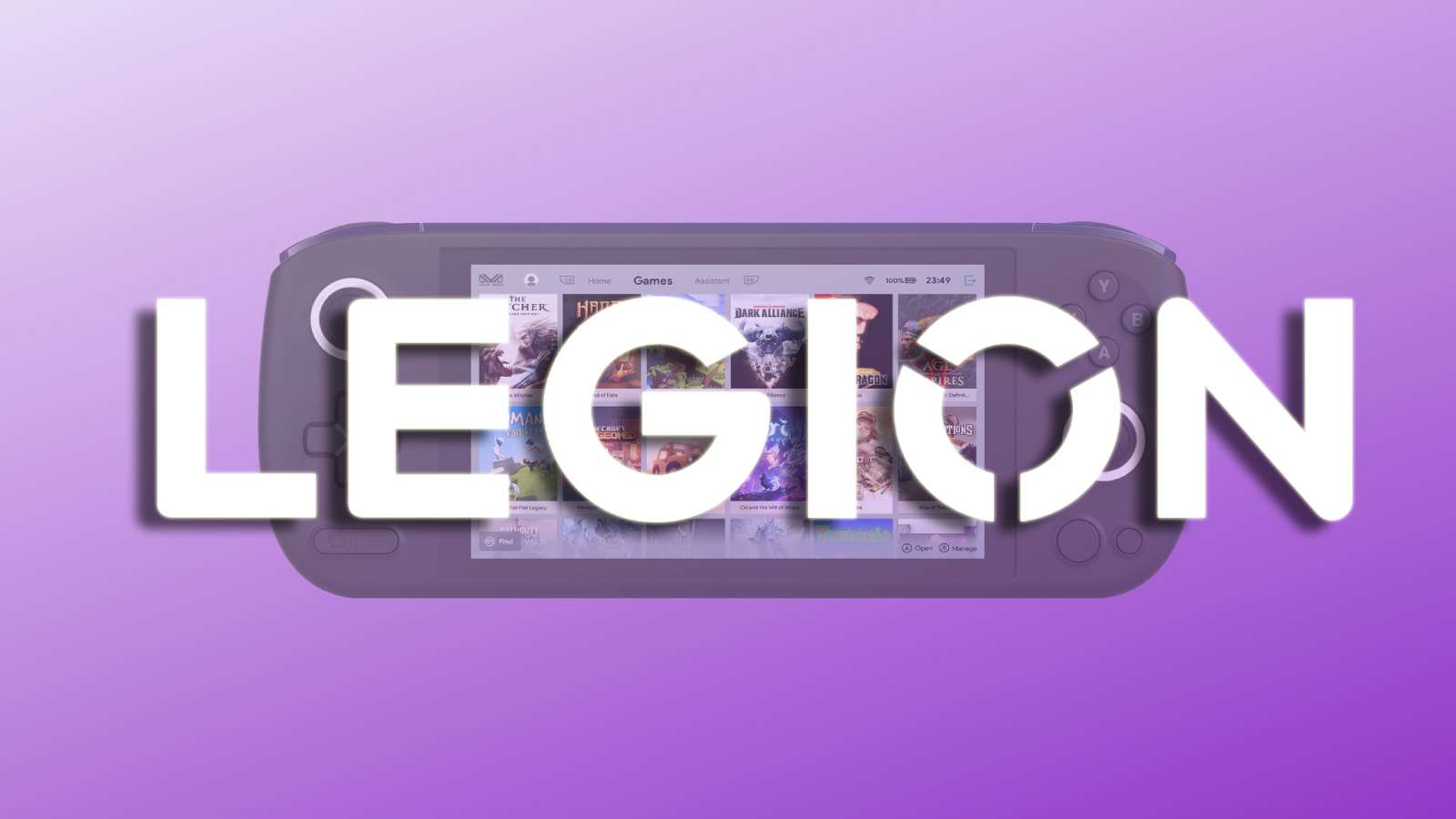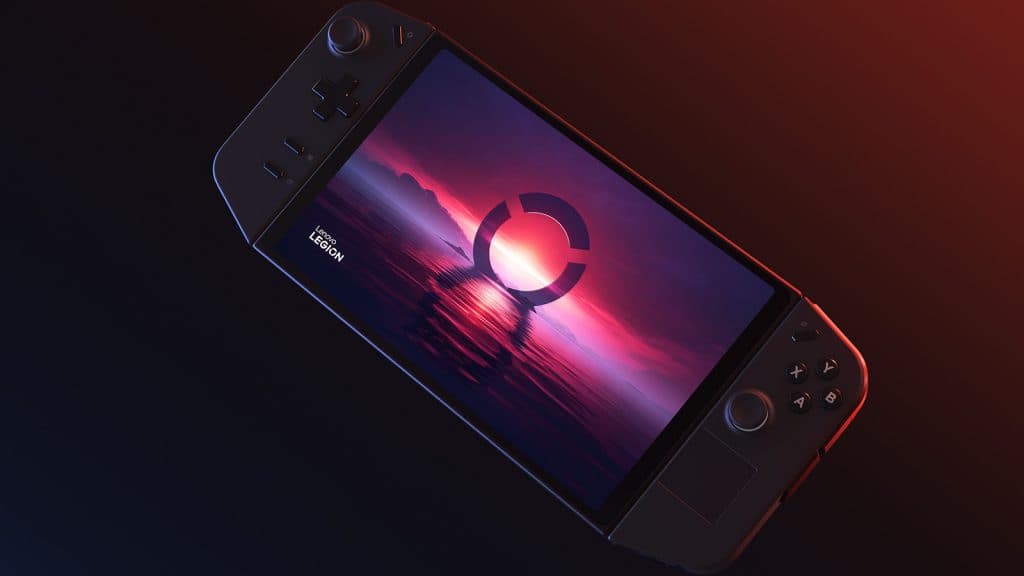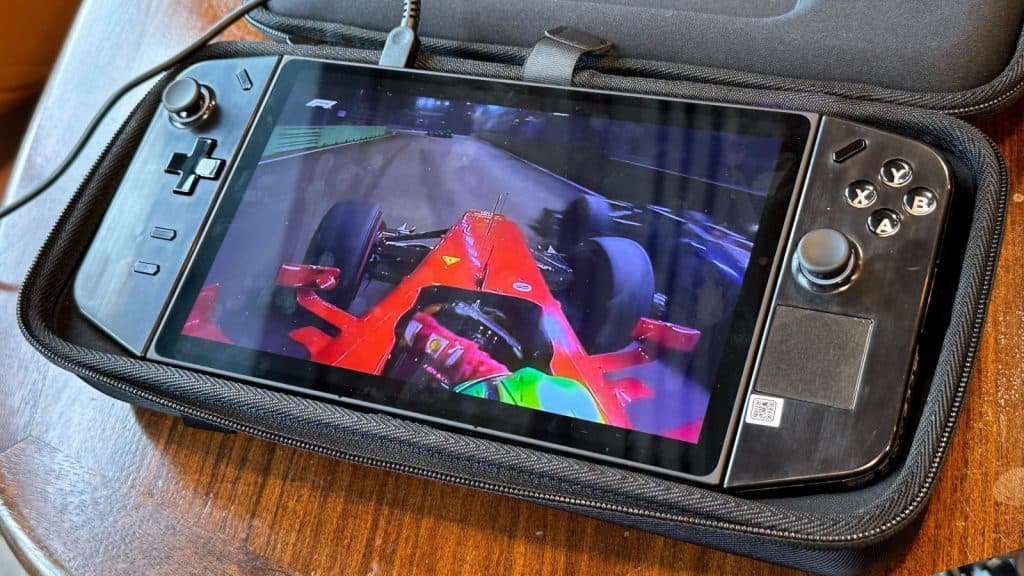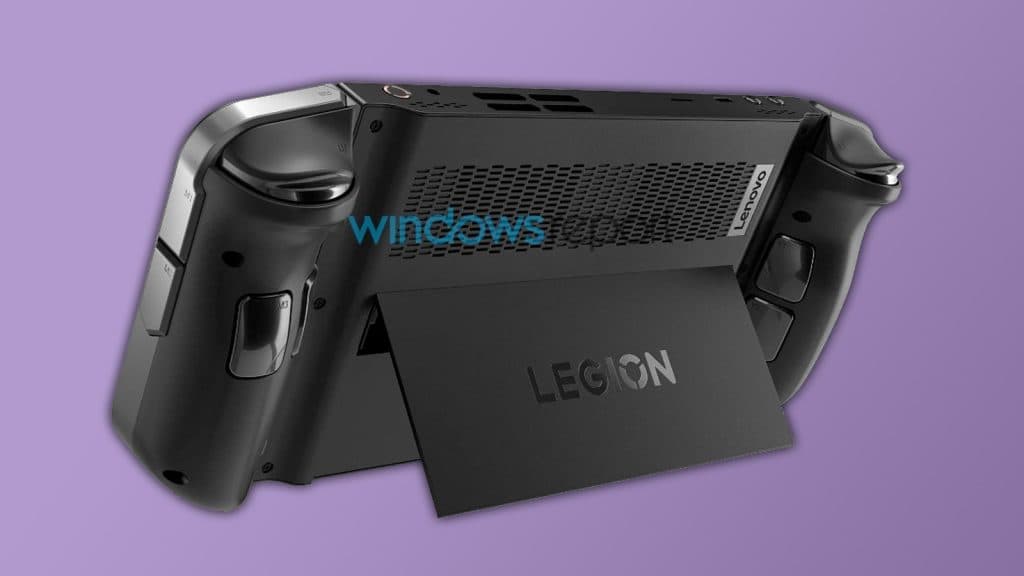Lenovo Legion Go: Where to buy, price & more

Lenovo Legion Go
The Lenovo Legion Go is the resurrection of gaming handheld plans that Lenovo had some time ago. Here’s everything you need to know about the handheld PC.
Handheld gaming has always been immensely popular, whether it’s mobile titles, the Nintendo Switch, or Valve’s Steam Deck, players love having access to their favorite games on the go. Then another big tech brand introduced a new entry into the world of handhelds, with the release of the Lenovo Legion Go.
The company had previously shut down its gaming smartphone business in March 2023, but they’re still in the space with this handheld console they hoped to be a direct competitor to the Steam Deck.
If you want to give this new portable PC a try, here’s everything you need to know about it, including it’s original release date, where to buy, price details, and specs.
Where to buy the Lenovo Legion Go
As of right now, the Lenovo Legion Go is available from a few retail outlets.
Lenovo Legion Go release date
 Lenovo
LenovoThe Lenovo Legion Go was released on October 31, after several weeks of leaks and rumors surrounding the product. The device debuted at the IFA, but we got our hands on it at another event.
Lenovo Legion Go price
 Dexerto
Dexerto The Lenovo Legion Go costs $699/$799. The system comes in both 512GB and 1TB options, with buyers having the option to upgrade to either 1TB for $50 or 2TB for $100.
Lenovo Legion Go design

Overall, the Lenovo Legion Go seems like a cross between the most popular handheld gaming consoles, including the Nintendo Switch, Valve’s Steam Deck, Rog Ally, and a few of Ayaneo’s consoles.
The screen on Legion Go is removable, leaving a large 8-inch touchscreen and two joy-con-like remote controllers with a Steam Deck-like touchpad. There’s also a kickstand on the back.
While the controllers have regular input buttons and analog joysticks, there are extra buttons around the shoulder triggers. Additionally, it has a headphone jack, a volume rocker, a couple of USB Type C Ports, and a micro SD card slot.
Underneath one of the controllers is a mouse sensor. This will activate “FPS mode” which allows you to use the right controller as a mouse.
Lenovo Legion Go specifications

The Legion Go shipped with AMD’s Z1 Extreme chip. This is the same chipset that powers the recently launched ROG Ally from Asus.
It’s similar to the AMD Ryzen 7 7840U APU, which is adjacent to the Z1 Extreme in terms of power, and can be seen on the Ayaneo, AOKZOE, and leaked Orange Pi consoles.
The Legion Go has Windows 11 out of the box, which puts it directly against the slew of consoles from Ayaneo and GPD, and the ROG Ally from Asus. While Windows is an issue on these handhelds, the front end software Lenovo has designed is to offset that.
Lenovo Legion Go benchmarks
As the Lenovo Legion Go is running a Z1 Extreme APU, it was expected the handheld would run games very similarly to the ROG Ally. It was also expected to run similarly to the Ryzen 7840U. However, its edge against the competition is with much faster DDR5 RAM onboard.
If you click on a product link on this page we may earn a small affiliate commission.



